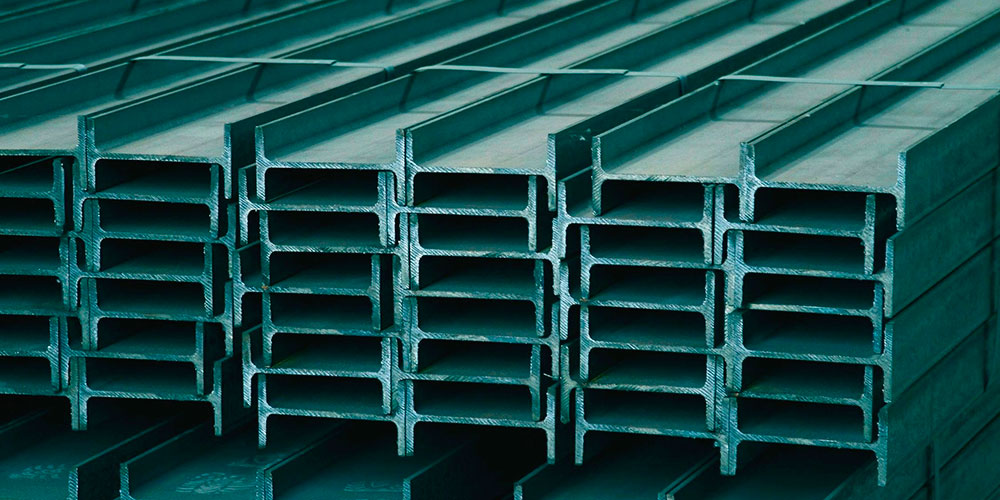The recovery of steel demand is set to continue through 2021, but at “a moderate rate” and subject to a “considerable uncertainty” expected to last until the first quarter of 2022, the European Steel Association said during an Oct. 28 webinar on the state of the European steel market.
The association, also known as Eurofer, said the outlook was becoming increasingly uncertain particularly due to disruptions in the global supply chain, which were likely to seriously affect demand from steel-using sectors, although by 2022 most of the current disruptions were expected to ease significantly.
The association reviewed its apparent steel consumption figure for the whole 2021, which it now forecasts rising by 13% to 146 million mt of steel, up from its previous view of an 11.2% increase.
Steel consumption was forecast to grow by 4.7% in 2022, when it is expected to return to above-2017 levels thanks to a mild but continued improvement in demand from steel-using sectors.
The whole of 2020 was impacted sharply by the COVID-19 pandemic and saw apparent steel consumption in the EU plummet by 10.6%, revised from a fall of 11.1% in the previous outlook, for the second consecutive year after a 5.2% slump in 2019.
Eurofer also reviewed its real steel consumption outlook for 2021, reducing it from a previously expected 7.9% rise to an expected increase of 7%. However, the association was still positive, considering the drop seen in 2020 caused by the COVID-19 crisis when real steel consumption declined by 9.8%, the second consecutive year taking into account 2019’s 4% fall.
Outlook for steel-using sectors
Total output from steel-using sectors was expected to rebound in 2021 by 8.5% after the 10.4% fall in 2020 due to low output levels, although this was revised downward from the 9.3% rise expected in the previous outlook. This was then forecast to grow more moderately in 2022 by 4.7%, Eurofer said.
Construction sector output, which counts for 35% of total steel demand, was expected to rebound in 2021 by 6.4%, revised up from 5.5% in the previous outlook, and increase a further 4.2% in 2022. However, the association said the current global supply chain issues had started affecting the construction sector in terms of materials shortages, which could impact the outlook.
EU construction confidence took a sharp hit in March 2020, falling to 2015 levels. Residential construction was hit by stoppages caused by lockdown measures, but in 2021-22 conditions were expected to remain broadly positive thanks to a slight improvement in economic conditions and government housing supporting schemes, the association stated.
Non-residential construction was the sector that suffered the most, a trend that may continue if smart-working remains partially in place in the post-pandemic scenario. However, civil engineering was expected to boost the construction sector’s performance thanks to public investment in infrastructure.
The second largest steel consumer sector, the automotive industry, was also facing major disruption issues in the supply chain, particularly due to the lack of microchips, which had affected the industry in the first half of 2021 and was expected to persist into the first quarter of 2022.
After a severe slump of 21.2% in 2020, revised downward from 20% in the previous outlook, due to the pandemic, automotive output was set to rebound by 9% in 2021 and more pronouncedly by 12.1% in 2022, Eurofer said.
— Annalisa Villa






